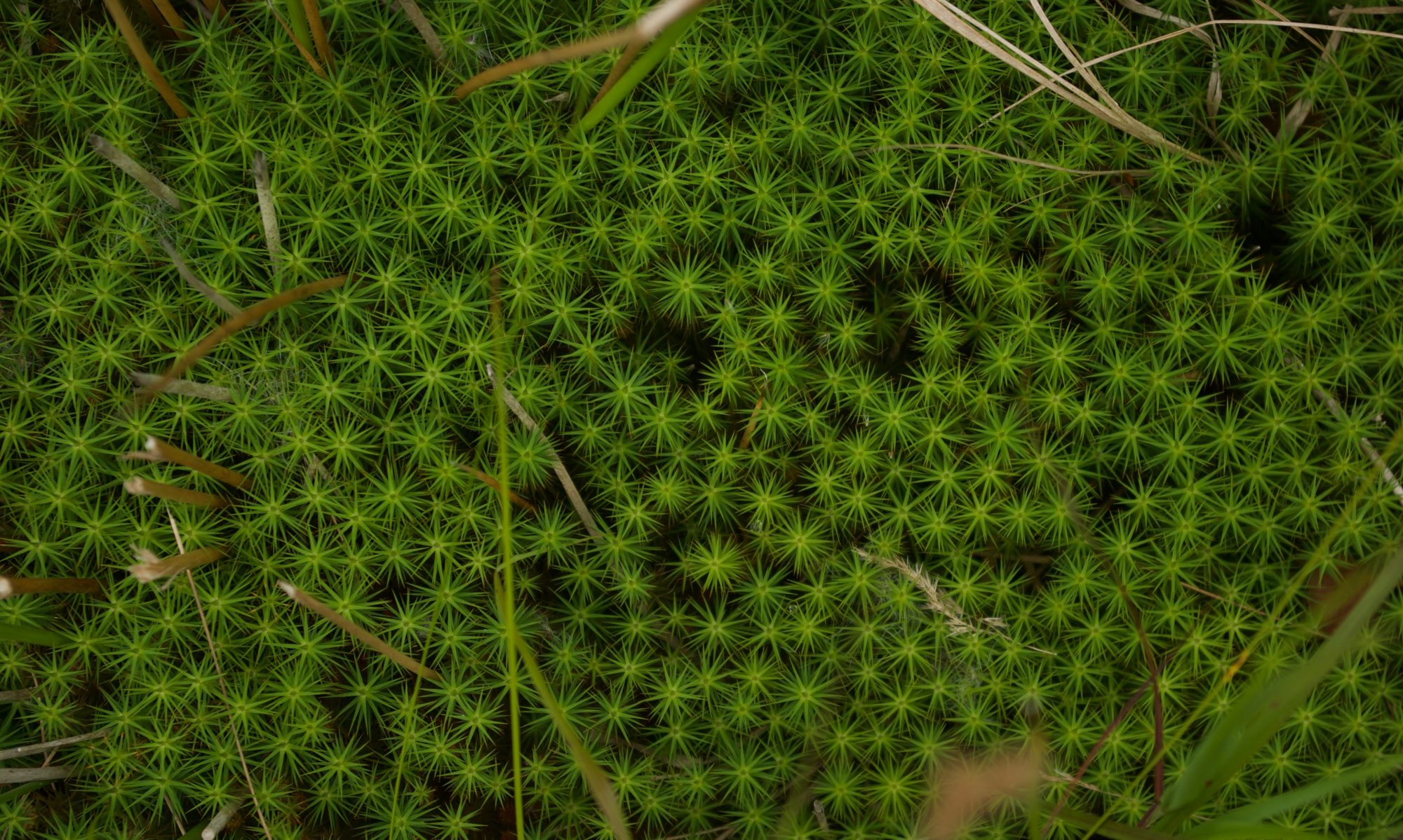Conserving The Living Archive:
Geographies of Landscape, Nature and Environmental Change in the Humberhead Peatlands
In the context of global environmental change and crisis, this research project focuses on the fragmented peat landscape that remains of the once-extensive Humberhead Levels (Figure 1).

Thorne and Hatfield Moors are the largest area of lowland peat bog in Britain. They were purchased by Natural England in the mid-1990s, after centuries of peat extraction. Today the moors are protected for their biodiversity, history and capacity to store carbon. A long, deep history of human activity has left tangible scars in the peatland. Natural England hopes to reverse this damage, attempting to restore the peat ecosystem.
Our aim is to trace the varying human-nature relations of this landscape, past and present. We want to consider how the different stories about the peatlands we find might contribute to conservation today.
Project Aims
- To understand the environmental, cultural and labour histories of the Thorne and Hatfield moors, with particular emphasis on the extraction of peat for human use.
- To bring to light the significance of the Thorne and Hatfield moors landscape for local people (past and present) in terms of personal, communal and regional connections to ‘nature‘.
- To explore to what extent the Thorne and Hatfield moors might be usefully understood as ‘a landscape for thinking with’ about long-term, anthropogenic environmental change and deep time.
- To experiment with creative methodological approaches and outputs that involve participants and colleagues across disciplines so as to gather and present research data in a way that enlivens and disseminates stories about the site of interest in tandem with promoting the conservation message of land management stakeholders (principally Natural England).
